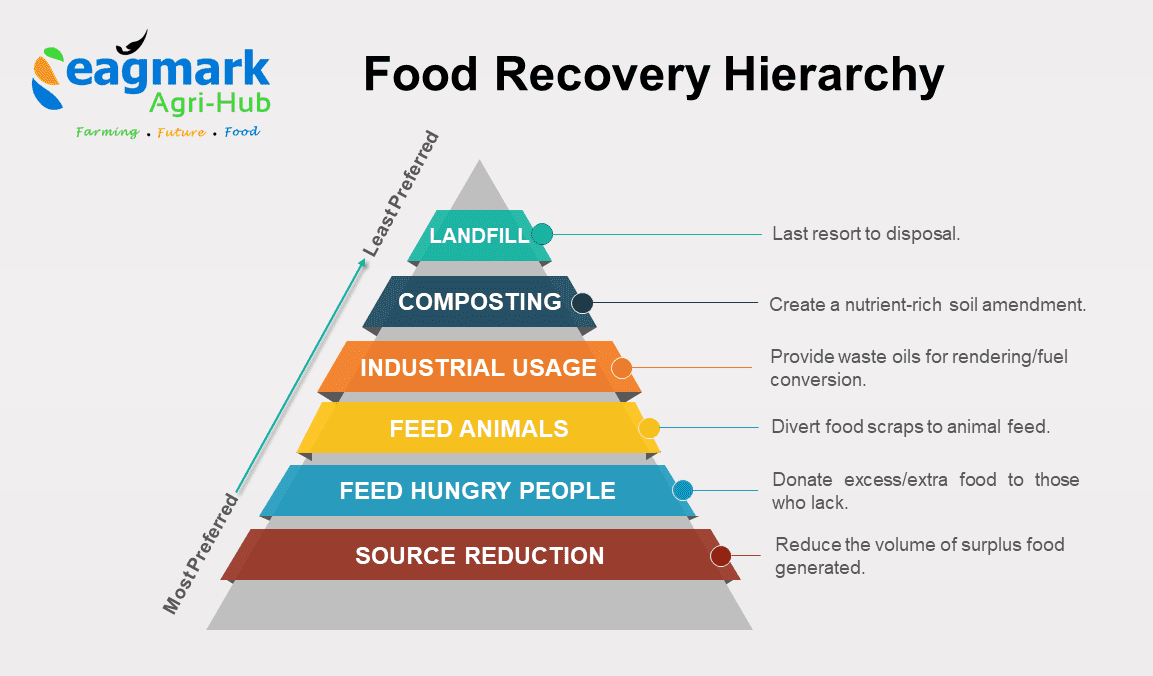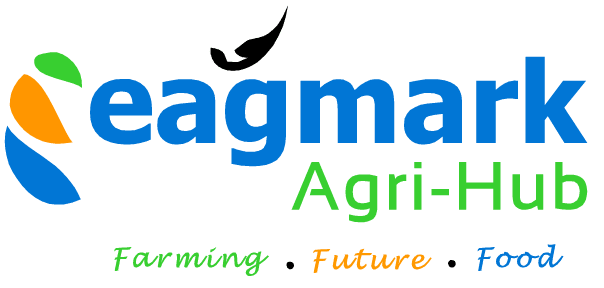
Have you ever thought about how much food goes to waste on a daily basis? The truth is, it’s a staggering amount. According to the United Nations Food and Agriculture Organization (FAO), approximately one-third of the food produced in the world is lost or wasted. That’s enough to feed the nearly 870 million people who suffer from hunger and malnutrition around the globe.
But it’s not just a problem for the hungry and malnourished. Food waste also has significant environmental impacts. When food waste ends up in landfills, it decomposes and releases methane, a potent greenhouse gas that contributes to climate change. In fact, food waste is the third largest contributor to global greenhouse gas emissions, after the burning of fossil fuels and deforestation. Alarming, right?
So, what can we do about it? Enter the food recovery hierarchy. This pyramid ranks the various strategies for managing food waste in order of priority, with the goal of reducing the amount of food waste generated and diverting as much of it as possible from landfills and incinerators.
At the bottom of the pyramid is source reduction. This involves preventing food waste from being generated in the first place. This can be achieved through a variety of strategies, such as improving forecasting and inventory management, reducing portion sizes, and encouraging consumers to take only what they can eat. By preventing food waste from being created in the first place, we can make the biggest impact on reducing the overall amount of food waste generated.
The next level of the hierarchy is feeding hungry people. Excess food can be donated to food banks, soup kitchens, and other organizations that can distribute it to people in need. This helps to alleviate food insecurity and ensures that surplus food is put to good use, rather than going to waste.
The third level of the hierarchy is feeding animals. Excess food can be used to feed livestock, pets, and other animals, which can help reduce the demand for other feed sources. This can be an especially important option in areas where there is a surplus of certain types of food that may not be suitable for human consumption.
The fourth level of the hierarchy is industrial uses. This includes using excess food as a feedstock for industrial processes, such as anaerobic digestion or composting. This can help to recover some of the energy and resources that were invested in the production, processing, and transportation of food.
At the fifth place in the hierarchy is composting which is an important component of the food recovery hierarchy, as it helps to divert food waste from landfills and incinerators and recover some of the valuable nutrients and energy that are contained in the food.
There are several ways to compost food waste, including home composting, community composting, and industrial composting. Home composting involves setting up a compost bin or pile in your backyard or garden and adding food waste, yard trimmings, and other organic materials to it. Over time, these materials will break down and decompose, producing compost that can be used to enrich soil and improve plant growth.
You may also want to read about: Navigating the Challenges of Climate Change in Agriculture: The Role of Biostimulants and Climate Smart Farming
Community composting involves setting up a central composting facility that is accessible to a group of people, such as a neighborhood or an apartment complex. Food waste is collected from these individuals and brought to the facility, where it is processed along with other organic materials to produce compost.
Industrial composting involves using large-scale composting facilities to process food waste and other organic materials. This is often done on a commercial scale, and the resulting compost is typically sold to farmers, landscapers, and other customers.
Composting is an effective way to reduce the amount of food waste that is sent to landfills and incinerators, and it can help to recover some of the valuable nutrients and energy contained in food. It is an important part of the food recovery hierarchy, and it can be implemented at various scales, from the individual home to the industrial level.
At the top of the pyramid are landfills and incineration. These should be the last resort, as they do not provide any environmental or social benefits, and can have negative impacts on air quality and climate change.
By following the food recovery hierarchy, we can significantly reduce the amount of food waste that is generated and ensure that it is managed in the most sustainable and beneficial way possible. So, the next time you’re about to toss that leftover food in the trash, think about how you can follow the food recovery hierarchy and positively impact reducing food waste.
You may also want to read about: Why Smallholder Farmers Always Get The Shorter End Of The Stick



